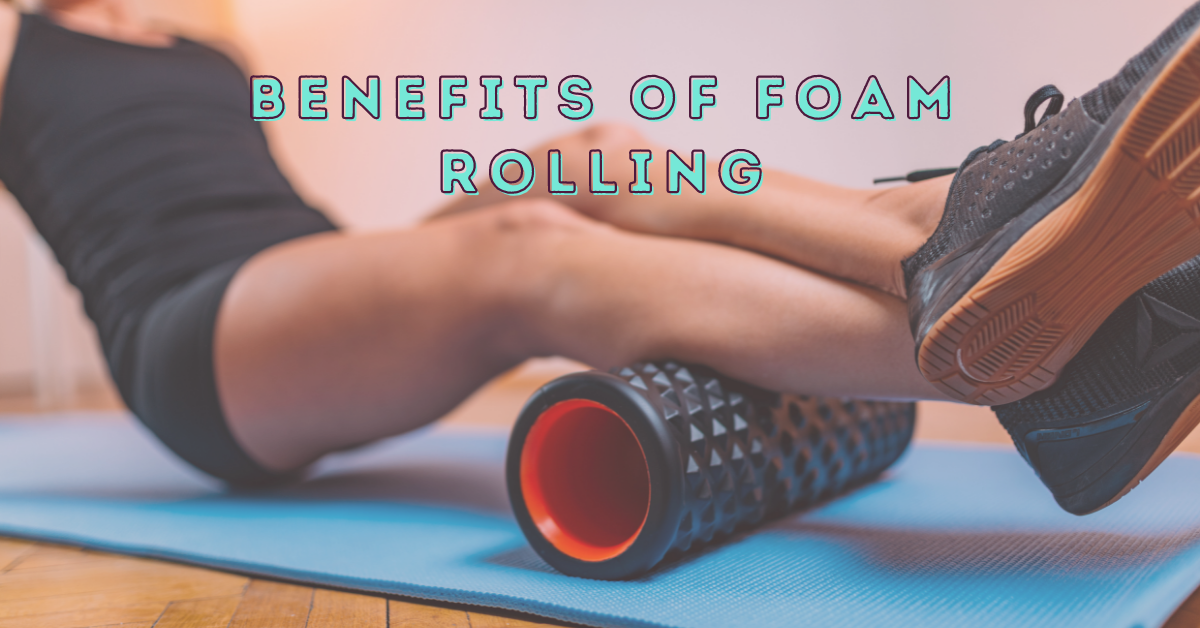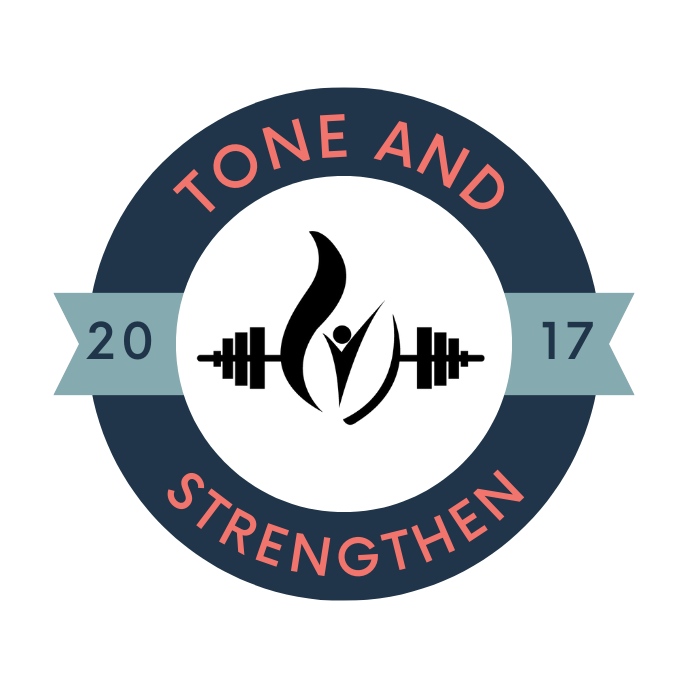
Foam Rolling Benefits
I have been reflecting on my training cycles this year. I can clearly see that I didn’t make enough time for recovery. Recovery is vital for fitness gains. I am learning it the hard way. Yes! Only after overtraining symptoms. More on overtraining in another post.
Foam Roller is one of my favorite recovery tools. Also known as self-myofascial release, foam rolling is a bit like getting a sports massage. But in foam rolling, you’re using your body weight to exert pressure on muscles.
Sometimes it does hurt so bad, but it feels so good afterward. That’s because when you roll, you break the adhesions in your fascia. I like to foam roll before my runs and at night before bedtime.
If you’ve never foam rolled or heard about it, you are in the right spot. In this blog, I am going to share information about foam rolling.
What is Foam Rolling?
Foam rolling is a self-myofascial release (SMR) technique. Foam rollers are mostly cylindrical made of foam. Foam rollers have different shapes, sizes and firmness. Some have ridges, and some are without bumps. They are all used to release the fascial tension.
What is Fascia?
Fascia is a thin sheet of connective tissue that wraps around the inner organs. It keeps blood vessels, bone, nerve fiber and muscle in place. It provides inner structure and has sensitive nerve endings. Too much tension and stress on muscles can cause fascial layers to thicken and stick together in knots. These knots lead to a decrease in mobility and pain points in our body.
One of the effective ways to release the fascia knots is to apply some myofascial releasing techniques, such as foam rolling. Over the past decade, a lot of research has been done to look at the benefits of foam rolling. A systemic review of research studies done on foam rolling published in the international journal of sports physical therapy in 2019 found that foam rolling helps reduce muscle stiffness, increase ROM and should be combined with dynamic stretching and active warm-up before a training session (1). The optimum dosage to achieve these flexibility benefits is a total of 90s-120s of foam rolling on one muscle group. Plus, the analysis shows that foam rolling reduces delayed onset muscle soreness (DOMS) and increases performance.
Read on to learn more about foam rolling’s benefits and when to add it to your routine.
Improves Muscle Performance
Foam rolling can improve the muscles’ amount of force if done before an activity. Myofascial release reduces tissue tension and muscle tightness, leading to a better range of motion and muscle power. Research has shown no negative impact on athletic performance. One study found that foam rolling improves power, agility, strength, and speed when used with dynamic warm-up (2).
Improves Circulation
The pressure from rolling helps increase the blood flow to the tissue. Increasing the blood flow means the tissue will get more oxygen and nutrients. Using a foam roller during a warm-up for a brief period can elevate tissue temperature and reduce tension.
Reduces Soreness
After an intense bout of exercise, foam rolling alleviates muscle fatigue and soreness. Research has shown that it’s because of the reduction in inflammation (3). I find it helpful for decreasing delayed onset muscle soreness. Let’s face it, most of the time, the difference between a good workout and a bad one is the amount of soreness from the last workout. Research suggests that inflammation of myofascial tissue is associated with delayed onset muscle soreness. Foam rolling stretches the myofascial and reduces inflammation. So, you can get back to your workouts recovered.
Improves Range of Motion
Research has found that foam rolling results in increased range of motion.
Foam rolling returns the muscles and soft tissue to their natural form. Excessive exercise can lead to knots in the fascial tissue. By releasing the knots and making the soft-tissue mobile, foam rolling increases the range of motion and improves workout performance.
Don’t wait; grab your foam roller and roll on to reap these benefits.
References:
1-PMID: 26618062
2-PMID: 27182404
3- doi: 10.4085/1062-6050-50.1.01

This Post Has 0 Comments